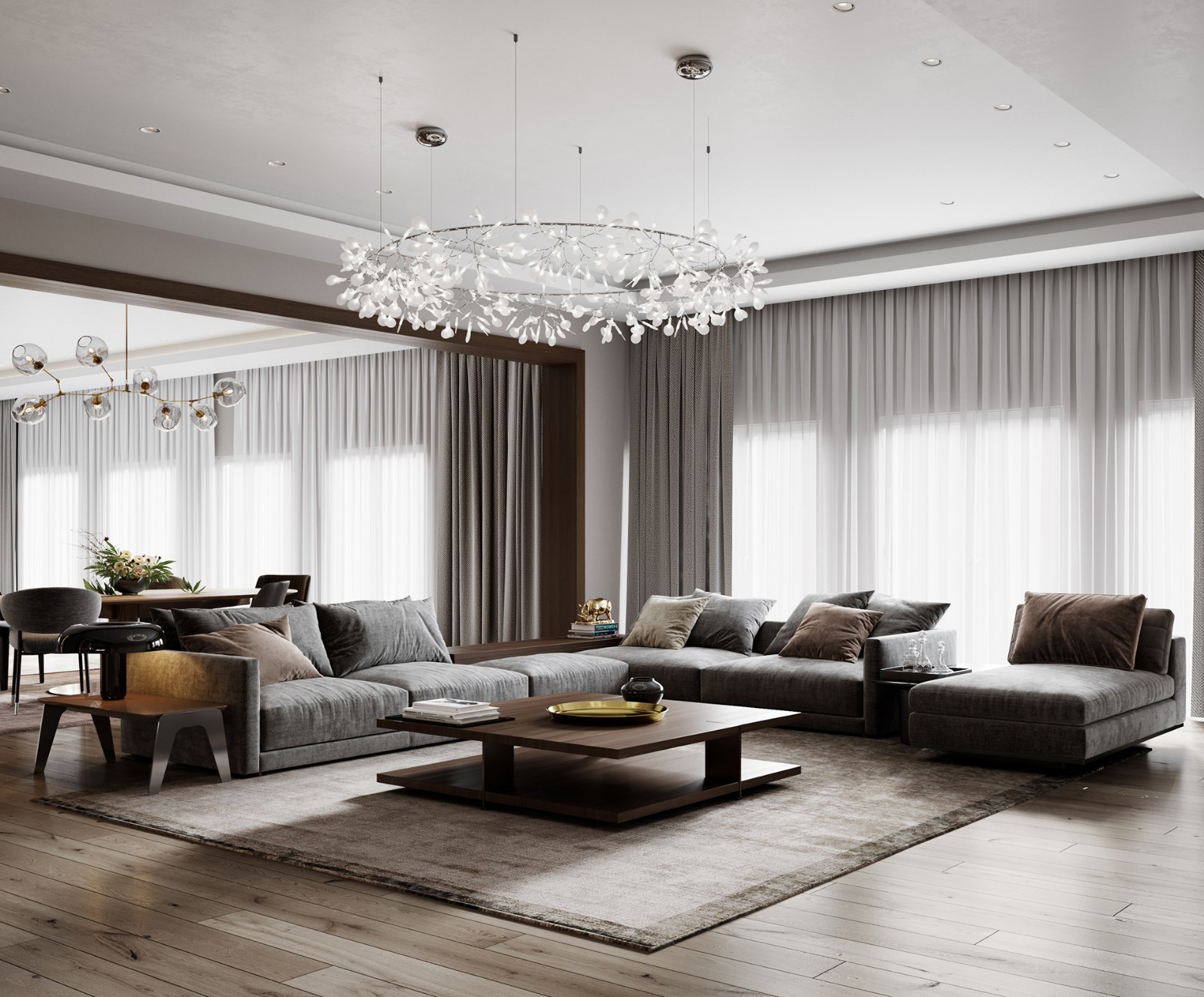Kinoya Restaurant Jean de Lessard
2014-09-22 01:00
架构师提供的文本描述。室内设计师让·德·莱纳德(Jean De Lessard)在其最新作品“野谷”(Kinoya)的设计中,借鉴了其设计中的原始精神、功能和美学[2],因为后者原本是人们喝啤酒和清酒的非正式场所。这种转变是特别不寻常的,它通过人与人之间的关系中的极端设计来探索,使Kinoya成为设计师发展出的关于占有空间的不同方式的独特方法的真实代表。
Text description provided by the architects. For its latest Kinoya, interior designer Jean de Lessard has tapped into the sources to emulate in his design the primary spirit, function and aesthetics of the izakaya[2], as the latter was originally an informal place where people drank beer and sake. The transformation is particularly unusual that it explores through extreme design intimacy in relationships between people, making of Kinoya a true representation of the unique approach the designer has developed about the different ways of occupying a space.
限制的概念是简单的,使用分形几何学和折线:一个盒子,它的形状让人想起了一条铰接的蛇,现在填满了黑盒的内部,以前的Kinoya只保留了花纹。这个盒子在已知的/可预测的(外部世界,打开的)和未知/不可预测的(混乱的封闭的内部,充满了角落和裂缝)之间创造了一个裂口。“一个空间要成为事件或情感,就必须产生自己的能量。
The notion of confinement is staged with simplicity using fractal geometry and the broken line: a box which shape recalls an articulated snake now fills the inside of the black box where of the previous Kinoya only remain the floral patterns. The box creates a break between the known/predictable (the outside world, the opening) and the unknown/unpredictable (chaotic enclosed interior, full of nooks and crannies). "For a space to become Event or Emotion, it must generate its own energy.
我设计了一个完全专注于聚会的封闭空间。设计元素是故意压制或侵略性的,因此它是无政府主义的,粗糙的,在我们被大声质问的地方,“Jean de Lessard解释说。天花板前部和后部之间的垂直下降4到5英尺有助于产生茧效应。
I designed an enclosed space that is totally focused on the business of partying. The design elements are deliberately oppressive or aggressive, so that it is anarchic, rough and where we are loudly heckled", explains Jean de Lessard. The vertical drop of 4 to 5 feet between the front and rear parts of the ceiling contributes to the cocoon effect.
尽管一个人必须肩并肩地站在一起,但从开业之日起,这个地方总是人满为患。柔和的灯光和舒适的氛围使它成为一个友好的环境,木材的气味与令人垂涎欲滴的菜肴的香味混合在一起。
The place is always full since the opening, despite the fact that one must stand shoulder to shoulder. The soft lighting and the cozy atmosphere makes it a friendly environment where the smell of wood mingles pleasantly with the aromas of mouth-watering dishes.
这个空间,比如人们如何才能弄清楚折纸的内部是什么样子的,是由各种大小的三角形组成的,它们以一种随机的方式弯曲地放置在一起。“让告诉我,他想在这个地方感受到什么。在那里,一个人也不得不被挤。这是一个人们一直处于视觉探索模式的奇幻洞穴。”艺术家多米尼克·萨姆森(Dominic Samson)说。他建造了这座建筑,这是他引以为豪的一件作品,他形容这件作品令人振奋。
The space, such as how one could figure what the interior of origami looks like, is composed of triangles of various sizes, crookedly placed in a random fashion. "Jean told me what he wanted to feel in this place. Where one had to be cramped also. It's a fantasy cave where people are in a constant visual exploration mode", says artist carpenter Dominic Samson, Solution durable, who built the structure, a piece of work he’s proud of and that he describes as uplifting.
作为一种耐用的材料,木材具有非凡的共振和吸收能力。表面的不规则和角度进一步偏转声波,有助于消除周围的噪音。从谷仓回收的木材是本地的,占地面积为4500平方英尺。采用不同宽度、不同厚度的铁杉和白云杉板进行全方位安装。如果这加强了混乱的想法,另一方面,胶层技术用于安装提供了一个完美的完成。
A durable material, wood has an exceptional capacity of resonance and absorption. The irregularity and angularity of the surfaces further deflect sound waves, helping to muffle the ambient noise. The reused wood from barns is local and covers an area that represents 4,500 square feet. Boards of hemlock and white spruce of different width and thickness were installed in all directions. If this strengthens the idea of chaos, on the other end the glued-laminated technique used for the installation provides in turn a perfect finish.
这座粗俗的酒馆风格的装饰留给了它最简单的表现:家具和照明都是从以前的Kinoya抢救出来的,绘画和涂鸦冒犯了人们的视线,也证实了该建筑的城市特色。用来隐藏街道的Kakemono横幅也延续了日本的传统。
The uncouth-tavern style decoration is left to its simplest expression: the furniture and lighting were salvaged from previous Kinoya, drawings and graffitis offend the eye and confirm the urban character of the establishment. Kakemono banners that are used to hide the street also perpetuate the Japanese tradition.
在日本,井田是一个社会化和减轻压力的地方。在Kinoya这里,在他/她不可避免的注视下,狭小的空间力量相互联系。该设计具有西方和远东(东亚)关于社区精神、亲密和兄弟情谊的信念,以一种有趣和快乐的方式碰撞。
In Japan, an izakaya is a place of socialization and of stress alleviation. Here at Kinoya, the narrow space forces to relate to one another, under his/her unavoidable gaze. The design has the West and the Far East (East Asia) beliefs about community spirit, closeness and brotherhood collide in a fun and joyful manner.
Interior Designers Jean de Lessard
Location Montreal, QC, Canada
Category Restaurants & Bars
Photographs Adrien Williams
 举报
举报
别默默的看了,快登录帮我评论一下吧!:)
注册
登录
更多评论
相关文章
-

描边风设计中,最容易犯的8种问题分析
2018年走过了四分之一,LOGO设计趋势也清晰了LOGO设计
-

描边风设计中,最容易犯的8种问题分析
2018年走过了四分之一,LOGO设计趋势也清晰了LOGO设计
-

描边风设计中,最容易犯的8种问题分析
2018年走过了四分之一,LOGO设计趋势也清晰了LOGO设计




































































